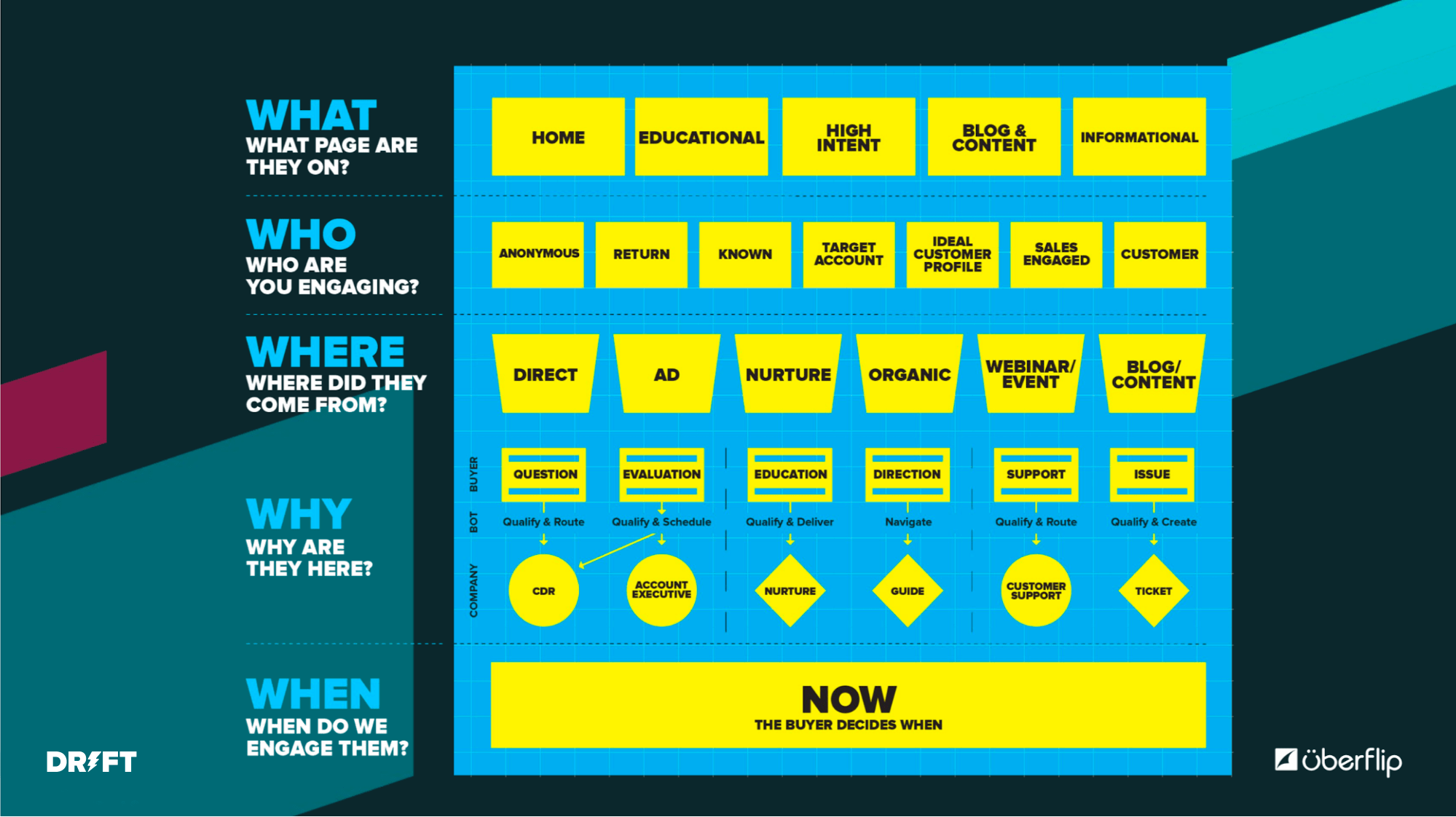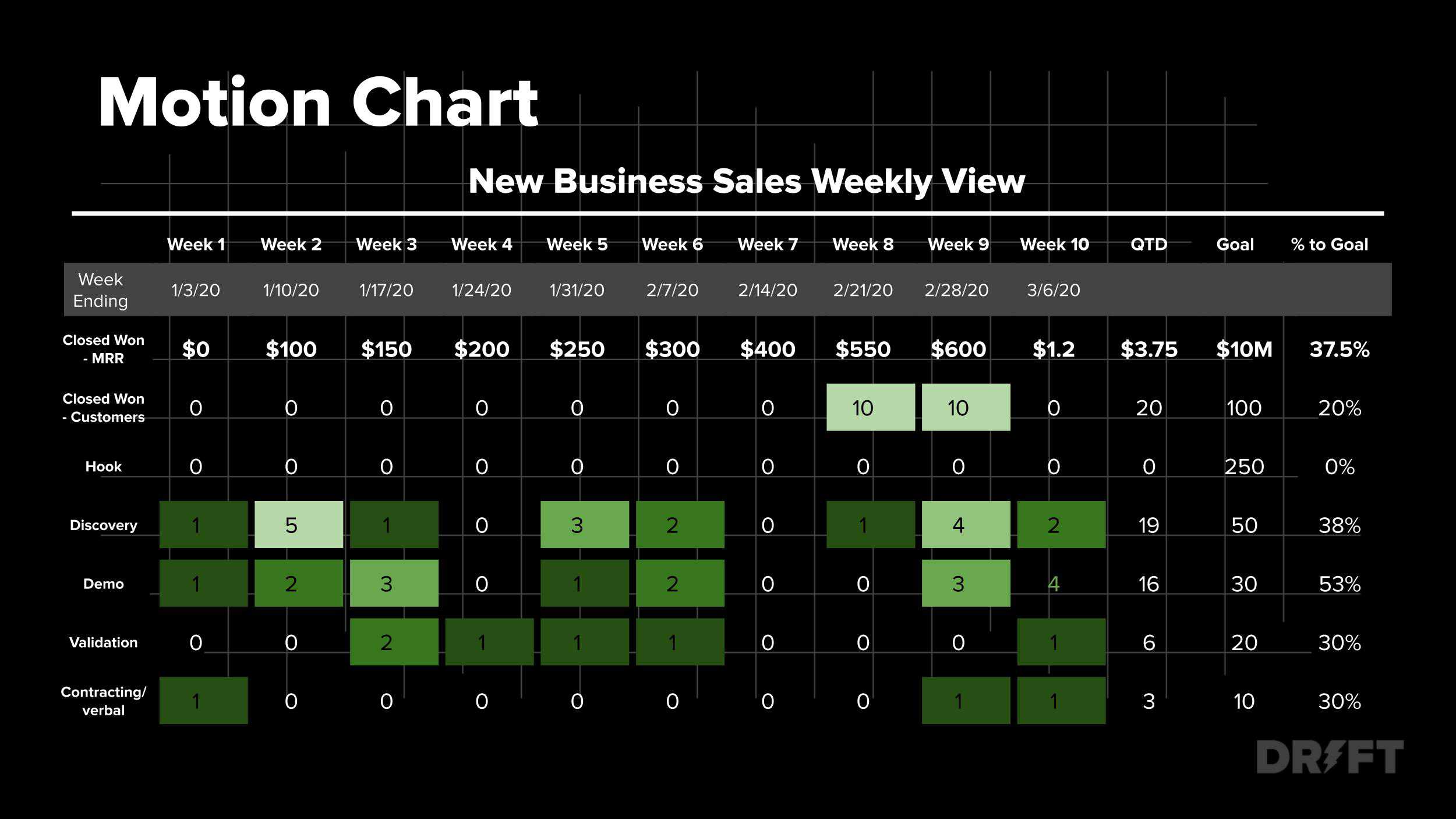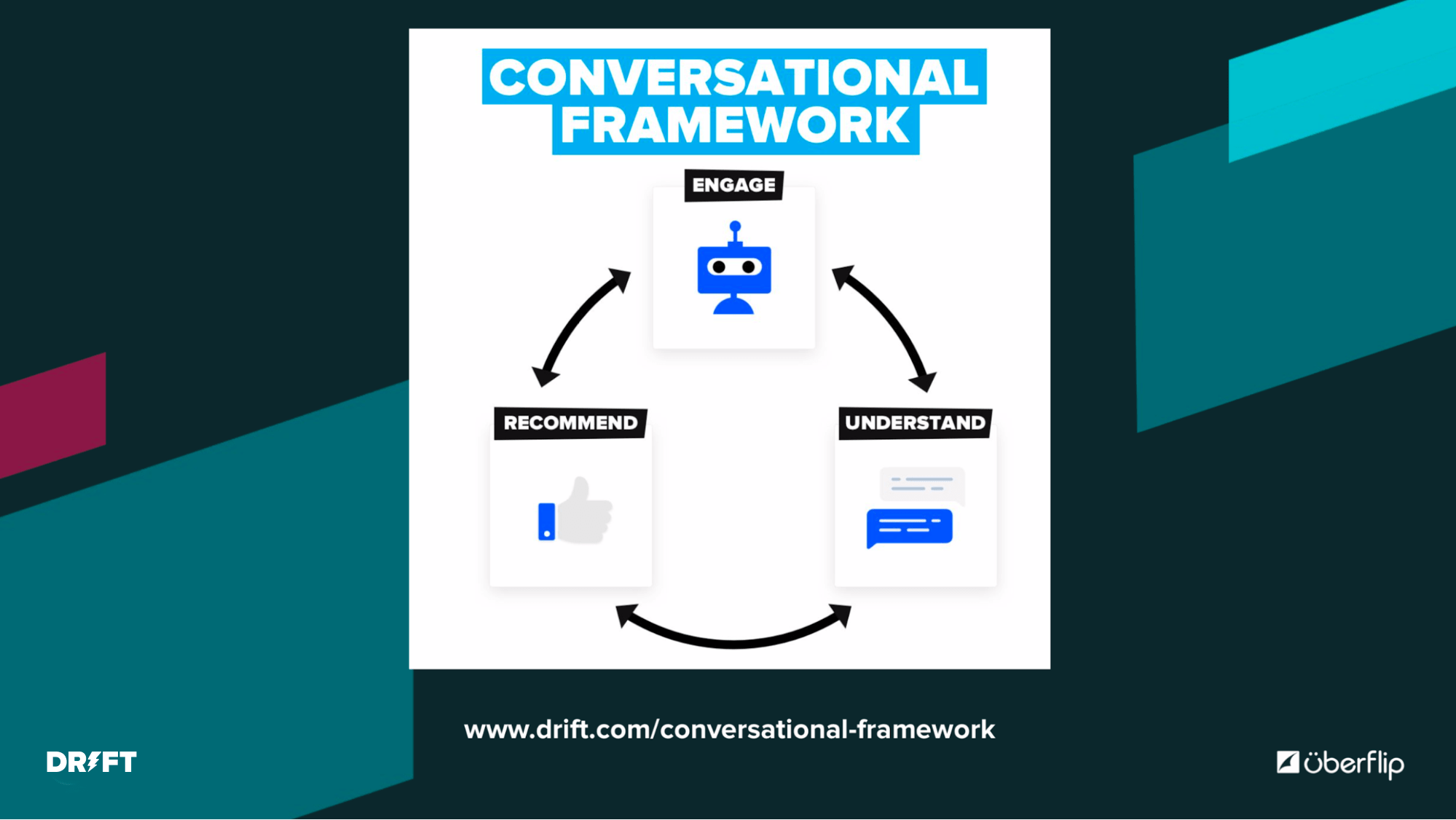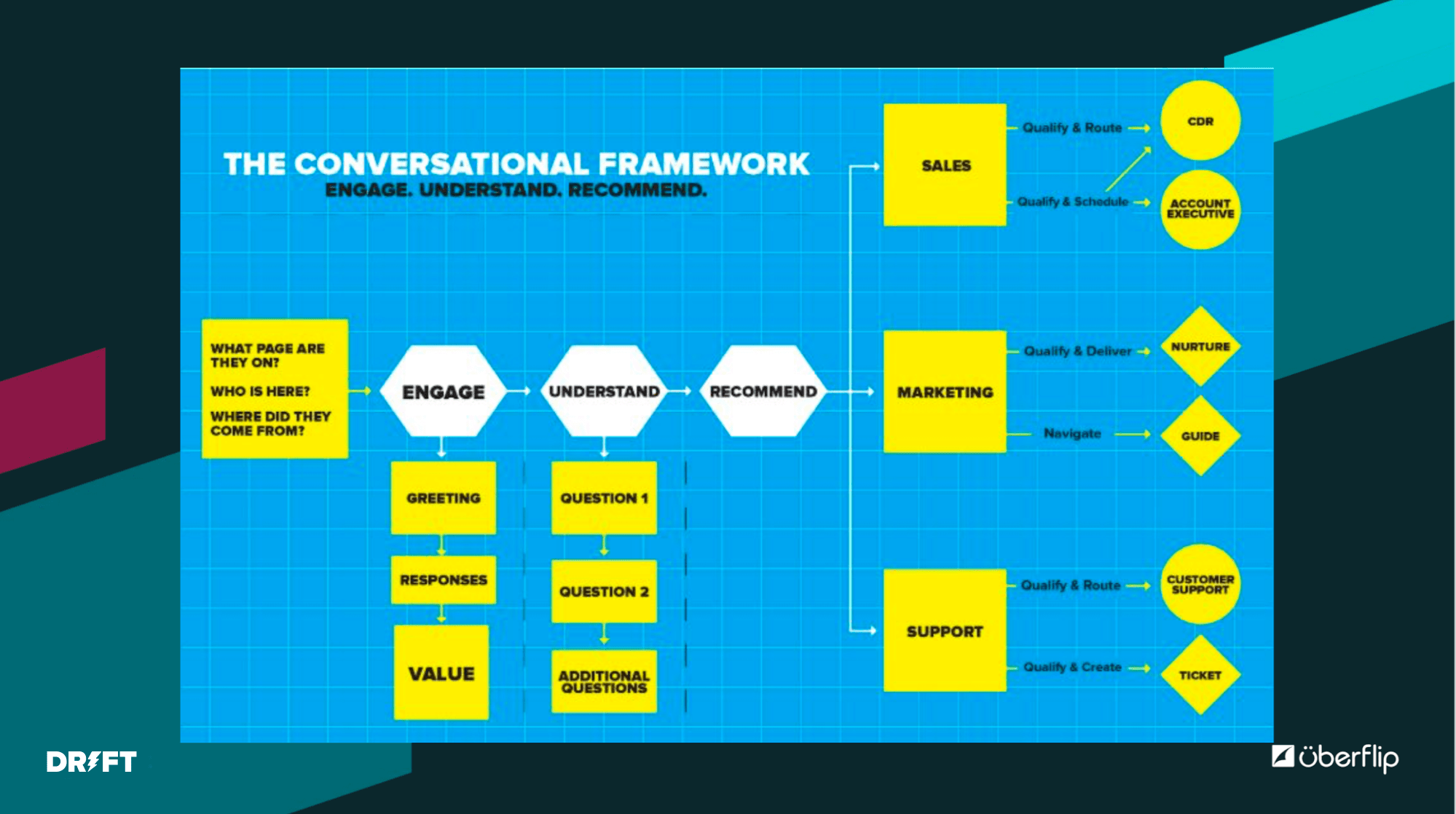
Marketing as we’ve come to know it looks a lot different these days.
Direct mail ❌
Trade shows ❌
Field marketing ❌
All of these much-loved channels are (for the foreseeable future) off the table.
As a result, brands across B2B and B2C are doubling down on digital – and for good reason. SEO, SEM, paid advertising, email marketing, and virtual events are supremely powerful levers for the modern marketer.
But there’s another equally powerful (yet often overlooked) lever that marketers should be pulling to engage with their buyers ?
That’s right. Content marketing is the #1 most important thing marketers should be doing right now to help buyers, provide value, build trust, and above all else, show empathy.
There’s no pre-existing framework for how to market in the time of COVID-19.
But there’s one thing I know for sure. The brands that will come out stronger from this are the ones who will take a human-first approach. And that means putting your customer at the center of your content marketing and conversational marketing strategy.
Putting Your Customer at the Center of Everything You Do
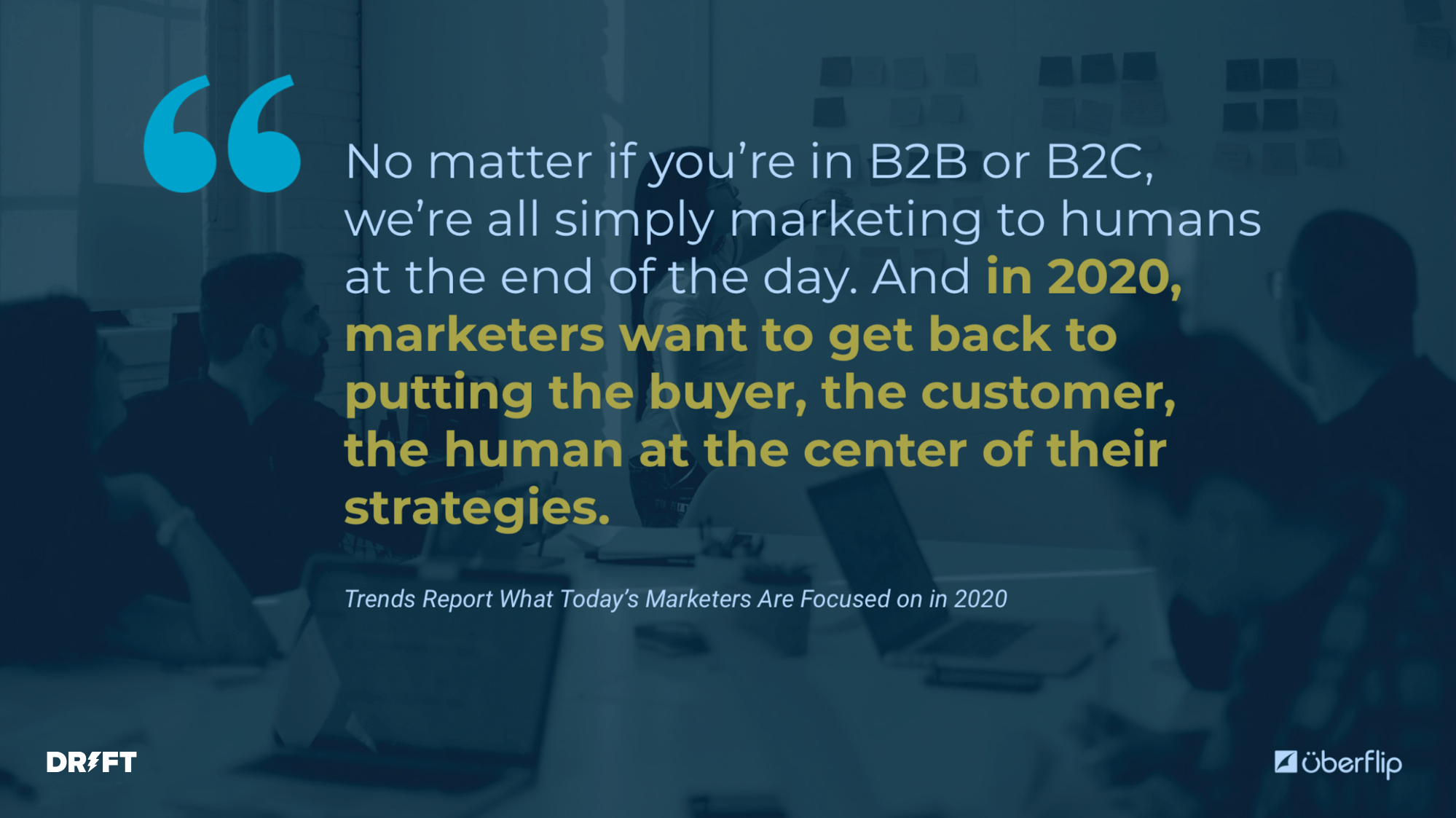
I’ve been a content marketer for more than 10 years, and I’ve seen firsthand the dramatic shift in how marketing works today. Buyers have more power and control than ever before. Just think:
- 82% of the buyer’s journey is done
- Buyers consume 4 pieces of content before they make a decision.
Buyers don’t need marketing and sales. What they need is information.
They use case studies, white papers, datasheets, documentation videos – you name it, they need it. Here’s the problem: buyers often find themselves at a dead end with content. There’s no follow-up, no next step, no outreach.
That’s where marketers can really shine. It’s our job to guide buyers through the customer journey – rather than interrupting them to tell them all about our brand new offers or products, we need to help them educate themselves so they can build trust.
And as we know, trust is the foundation of any relationship. That’s no different in a buyer-seller relationship.
How do you create trust? You need to put your customer at the center of everything you do.
Well before the COVID-19 outbreak would shake up marketing strategies across the globe, I sat down with Brianne Price, Content Experience Manager at Uberflip, to talk more about how the most successful marketing programs utilize human-first experiences to engage and accelerate the buyer’s journey.
Watch the full recording here.
What we didn’t realize was that our conversation would be even more relevant to today’s marketer than we could have ever imagined. Here are six takeaways you can use right now.
1. Know Your Customer
Think about all the little things you know about your friends, coworkers, and family.
How they like a specific kind of peanut butter. How they used to play the flute in middle school. How they still think about that one class from college that changed their life.
I’m not saying you should know your customers that deeply…but there’s probably more you can do to get to know them a little better.
I talk to a customer every single day. Yes, a real customer. I listen to recordings of sales calls and I sit in on training led by our Customer Success Teams. It’s the only way I can actually know what our customers care about – and that’s how I can accelerate our demand generation and create the best pipeline for our sales team.
Ask yourself…
- Who are they?
- What do they care about?
- What do they need?
- How can you offer them value?
- What can you do for them?
…and not the other way around.
2. Know Your Friction
When we think about magical ~unicorn~ companies, they have one thing in common: Friction. They eliminate a key friction point in an industry and turn it upside down.
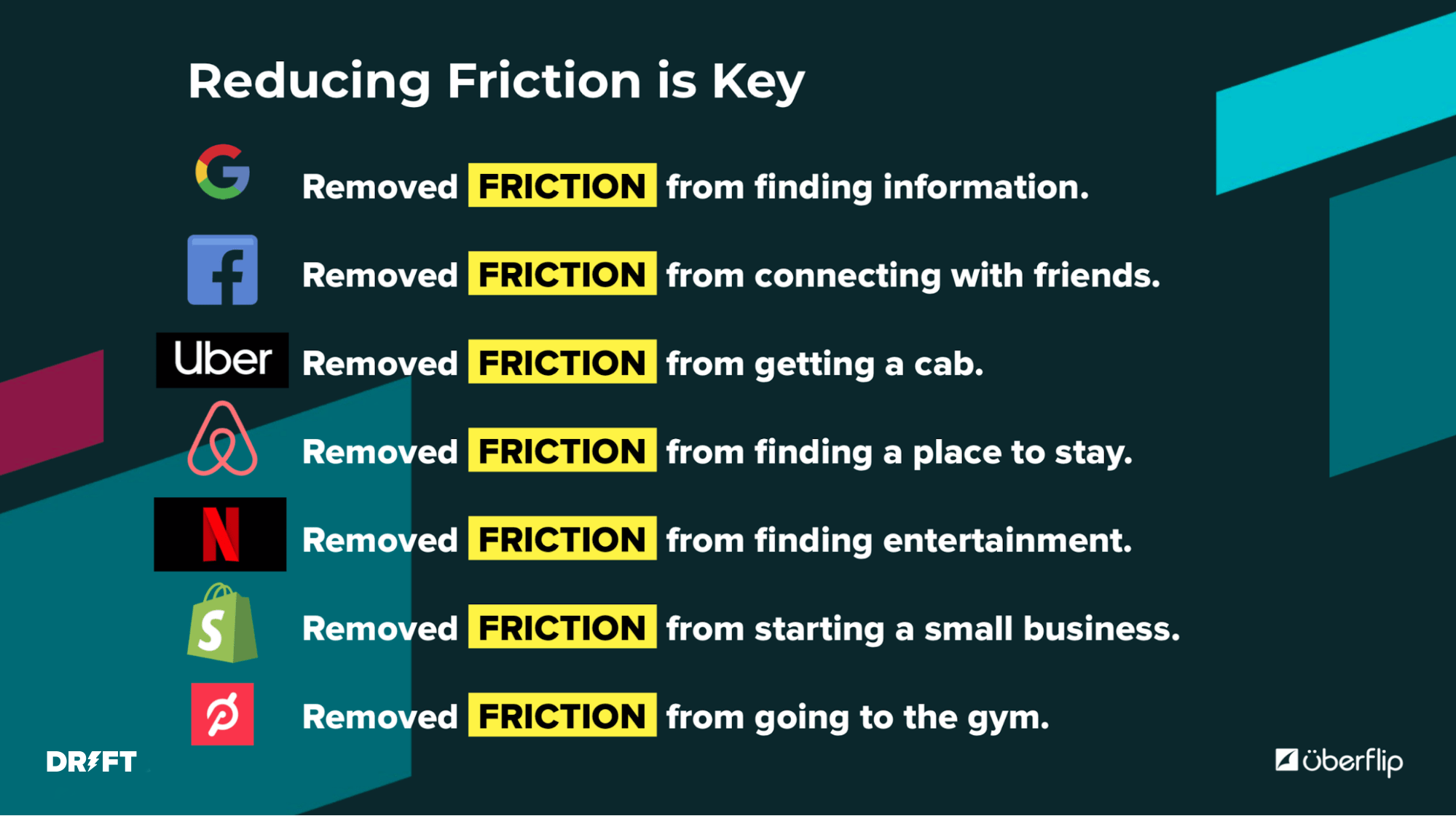
We built our websites for an era that no longer exists.
Companies used to have all the power when it came to purchasing a product. Consumers relied on sales reps, advertising, and individual companies for information about their products – but with the Internet, everything changed.
We live in the era of consumers. They buy on their terms, and it’s up to us to make it easy for them to buy from us, not the other way around.
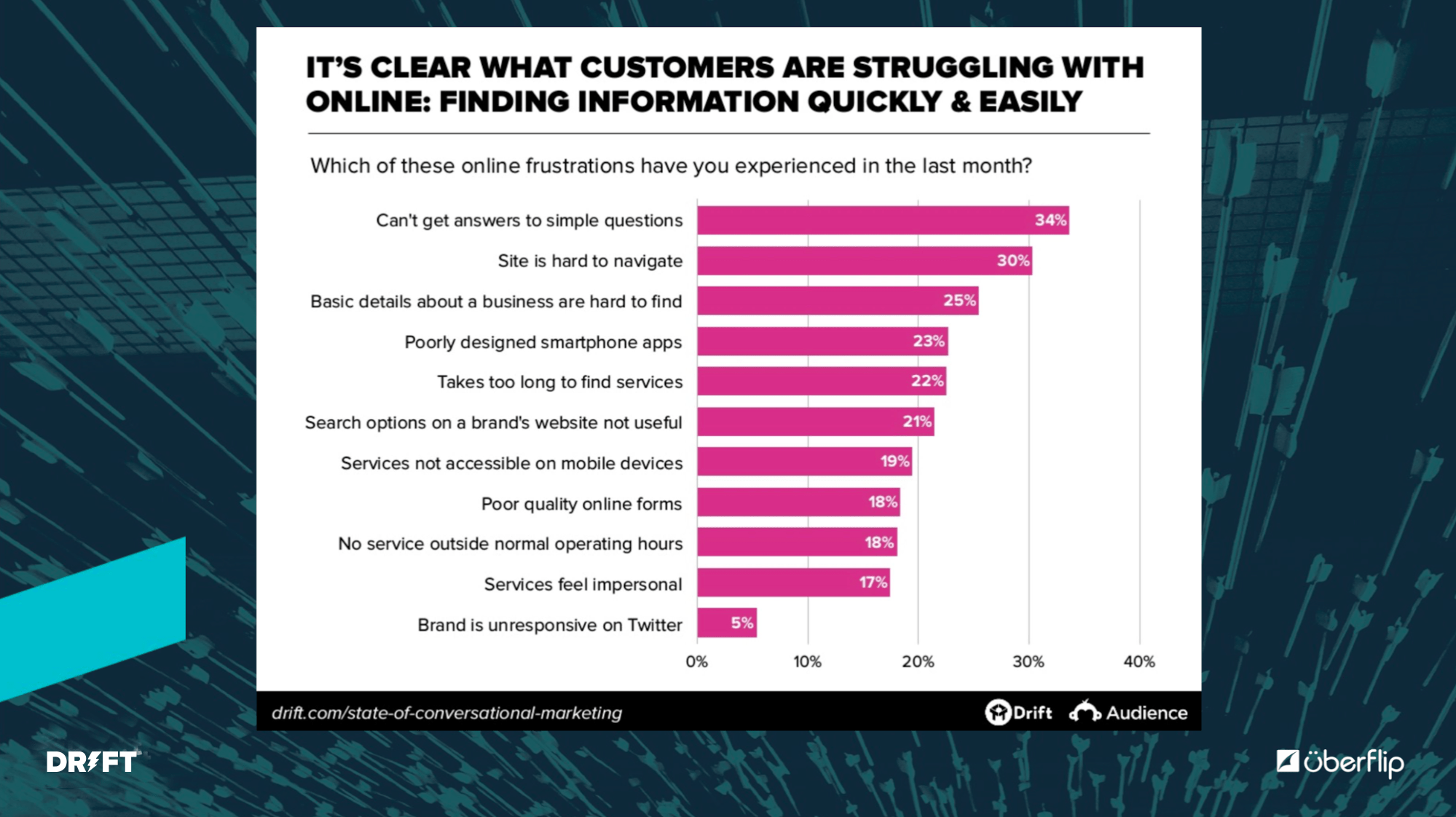
That means removing all the friction from the buying experience.
I know, I know. But it’s working! They’re buying! As Brianne said, “If it’s not working, I’m not going to touch it.”
But that’s just it. Is it really working?
You may have a known conversion path or campaign or experience, but are you maximizing its capabilities?
We talk about the funnel all the time, but I want to encourage you to think about your mini-funnels.
You want to ask yourself, “When someone engages with this type of content, how fast do those people become a real opportunity?” That applies to speed and on quality. Once you put a magnifying glass on that mini-funnel for each piece of content or channel, you’ll really start to find those points of friction.
Check it out – we made a blueprint for you so you don’t have to ?
Start with your website. Ask yourself…
- Which pages have the most visits?
- Which pages have the most bounce rates?
- Which pages have the highest and lowest conversion rates?
- Which pages get repeat visits?
- Who visits those pages?
- Where did they come from to get to this page?
Create a dashboard to start monitoring your performance if you’re not already on these metrics. To really improve your conversion rates, bounce rates, and visits, you’ll need to know who you want to target, understand what kind of experience they’re having on your website, and where they’re getting stuck. (Then it’s up to you to fix it!)
That’s a lot.
So we created this handy pacing table template to help you figure it out:
It’s a simple thing you can do in Excel or a Google Sheet with each row as one of the metrics you’d like to move. We look at the pacing table on a week-by-week basis and update the metric each week.
Over time, you’ll start to see quarterly trends. You’ll start to really fine-tune all this like an engine, and you can diagnose which mini funnels from your website and your conversion paths need your attention because you can see what’s working and what’s not.
3. Know Your Data
People don’t really think about it, but data matters to be able to understand your customers. You need clean data in order to personalize effectively, in order to measure campaign performance, see your ROI.
I don’t know what to tell you if you’re not measuring your return on investment.
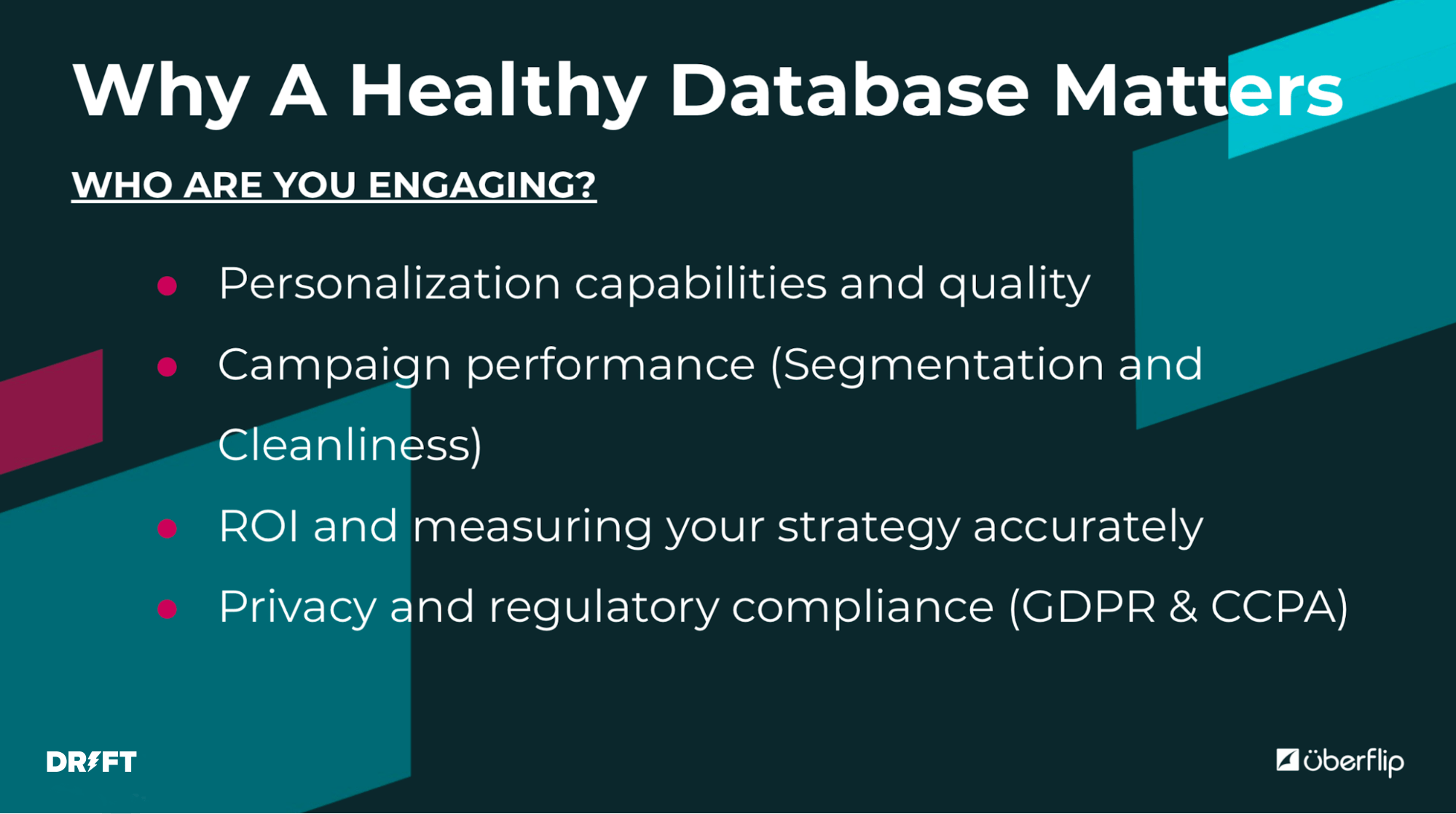
And that doesn’t even include all the privacy regulations. Permission marketing used to be trendy; now it’s mandatory. We need to make sure we’re actually respecting people’s privacy and communicating with them in a way that they want to be communicated with.
Recently, Google dropped some tremendous news.
They’re changing how they do tracking over the next two years. You can read more about it here, but what it really means for marketers is that we need to think about using a customer data platform that can ingest all of the sources of the data that you own and any other third-party data that you can collect instead of relying on Google.
You want to start to control your data, just like how you would control your social media or control where your website is hosted.
4. Know Your Channels
How are you going to market?
Is that how your customers want to hear from you?
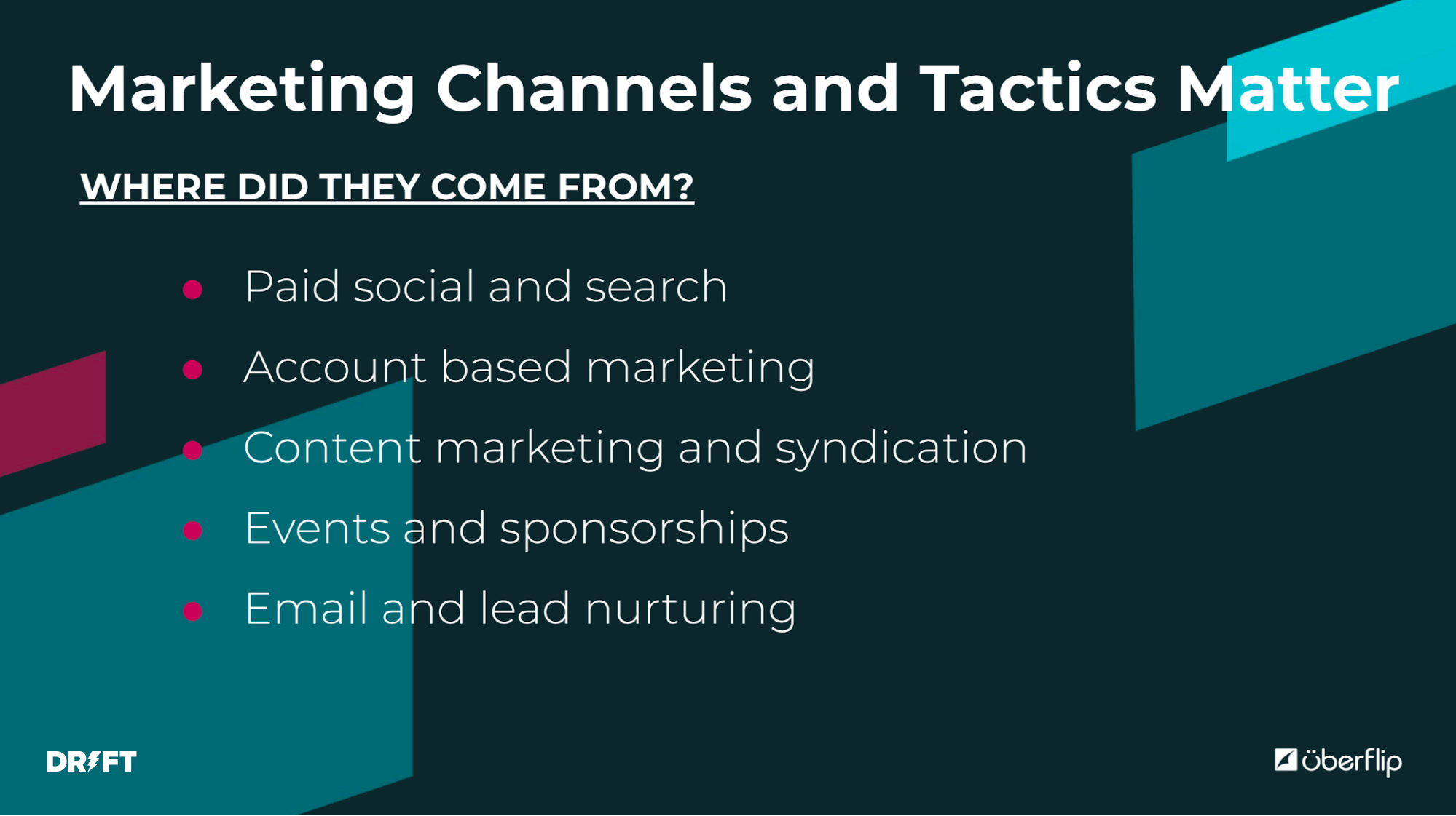
Different tactics speak to different people. Everything depends on your customers and what you know about them (see above).
Take this direct mail campaign we ran in Q1. We call it the “Peanut Butter Jelly” campaign.
I mean, I prefer bacon and scallops as the ultimate combo, but we thought that’d be difficult to send to hundreds of customers in the mail ?
We sent gifts to our customers that talked all about how Drift and Marketo go together like…you guessed it, peanut butter and jelly.
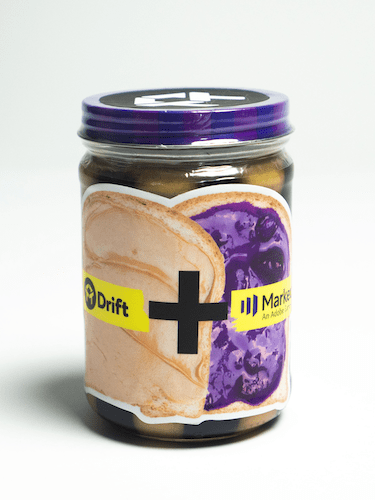
Then, we added a custom greeting for anyone in the campaign who came to our website: “Hey, did you enjoy your peanut butter and jelly? What did you think?”
☝️ This is how customers want to have conversations today.
5. Know Your Conversations
Think about a conversation you had today or yesterday.
Literally. Close your eyes and think about how it started, how many questions you asked, what ideas you talked about.
The key word is conversation.
Content shouldn’t be a one-way broadcast. It should be a two-way conversation.
All the content you create and publish should think about the next step for the reader. Take your calls-to-action as an example. Knowing your customer qualitatively and from their intent data helps you build a contextual call-to-action that gets them the answers they need, consuming more content, and thinking about your product.
We’re all about removing friction, and that includes within content marketing. If it’s not contextual or engaging, people won’t come back to read more. They won’t trust your brand or that your product is the one for them, because you’re not speaking to them.
Right now, a typical content funnel involves reading a blog post, then waiting to hear from a sales rep or filling out a form, or adding yourself to an email list. There’s no follow-up, no real-time questions.
But now, you can turn your content into a conversation.
Who here is tired of PDFs? I know I am. We said, “Hey, could we change the experience with a PDF?” Take a look at this one:
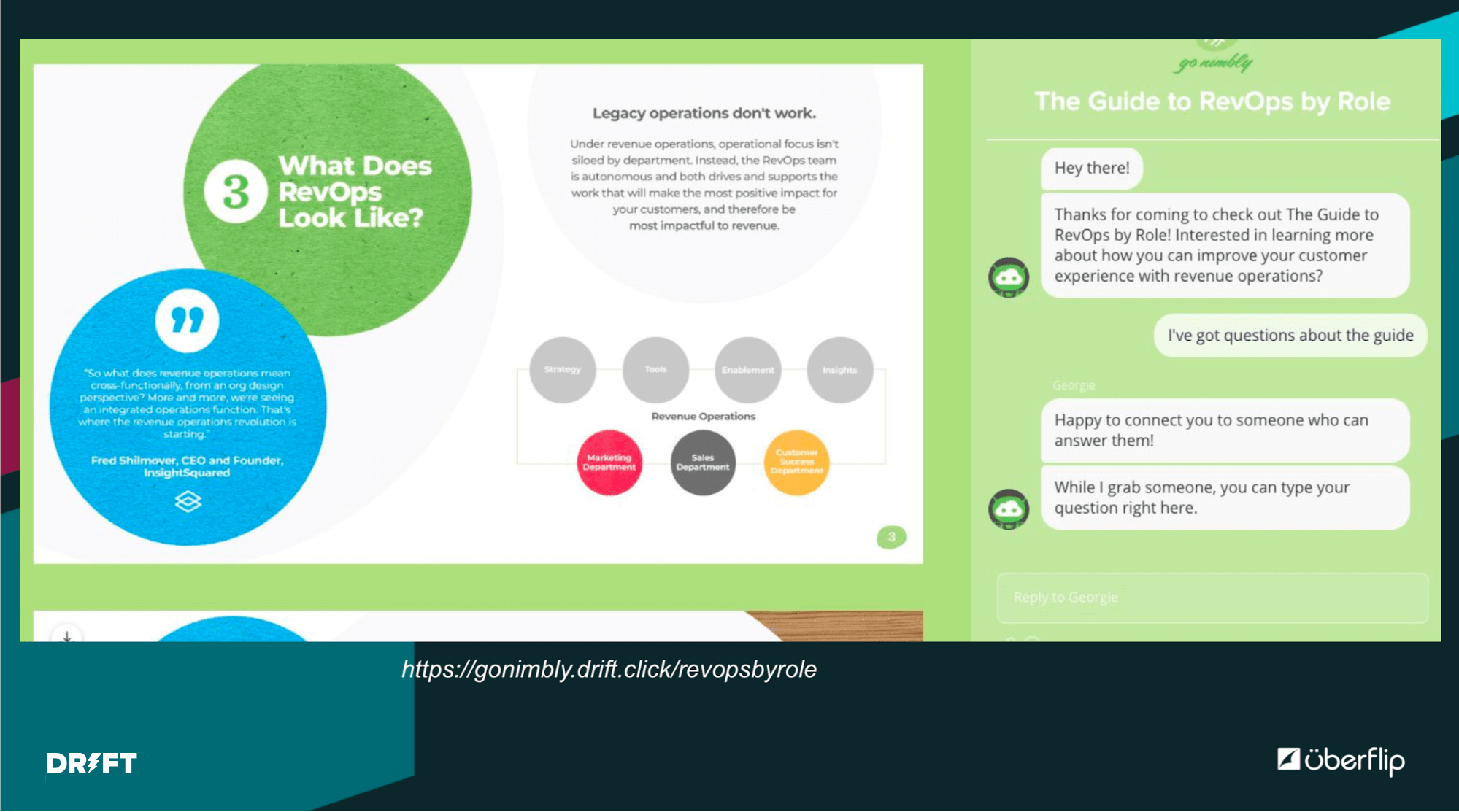
With this one piece of content, GoNimbly is seeing a 30 to 40% email capture rate. That’s a crazy good conversion rate! But it goes one step further – with this, you can see what questions people have about the content, and turn that one-way experience into a conversation.
Here’s another example from FunnelCake. This ebook is completely ungated, but they still ? get ? leads ?:
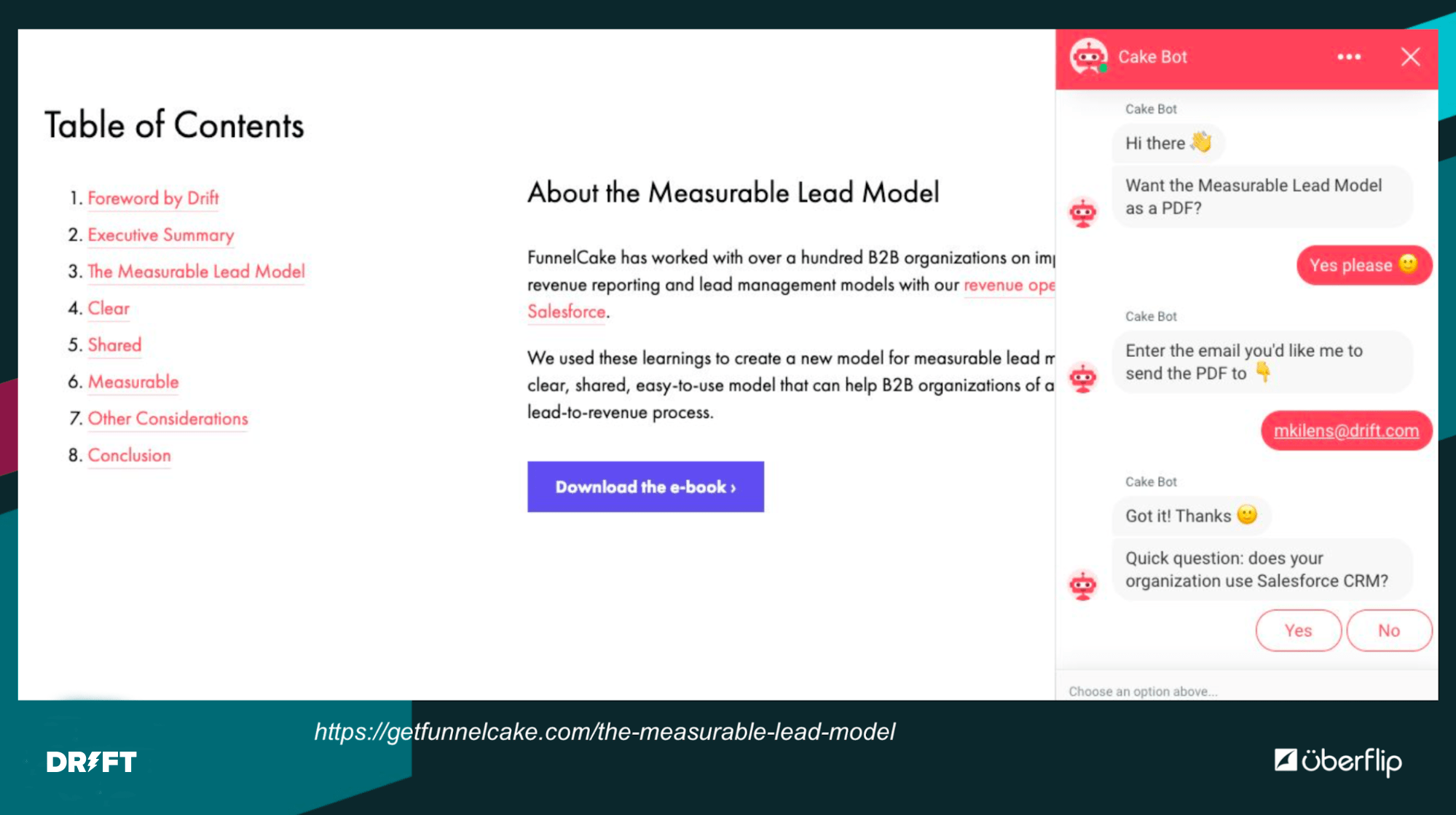
They’re seeing seven meetings booked from this piece of content every week because anyone who lands on this page can continue interacting with the chatbot and book a meeting with the team.
Conversations have a lot of power ⚡️
When you think about how you want to personalize your content experience to increase your conversion rates and get more pipeline, this is what you need to be thinking about.
6. Know What’s Bingeable
With conversational content, two things happen:
- You remove friction so buyers can educate themselves on the information they need to know.
- You speed up the typical content marketing funnel by making your content more bingeable.
Uberflip calls this a content consumption path. That’s basically a strategic path from one piece of content to another with the intent to speed up the process to turn readers into buyers.
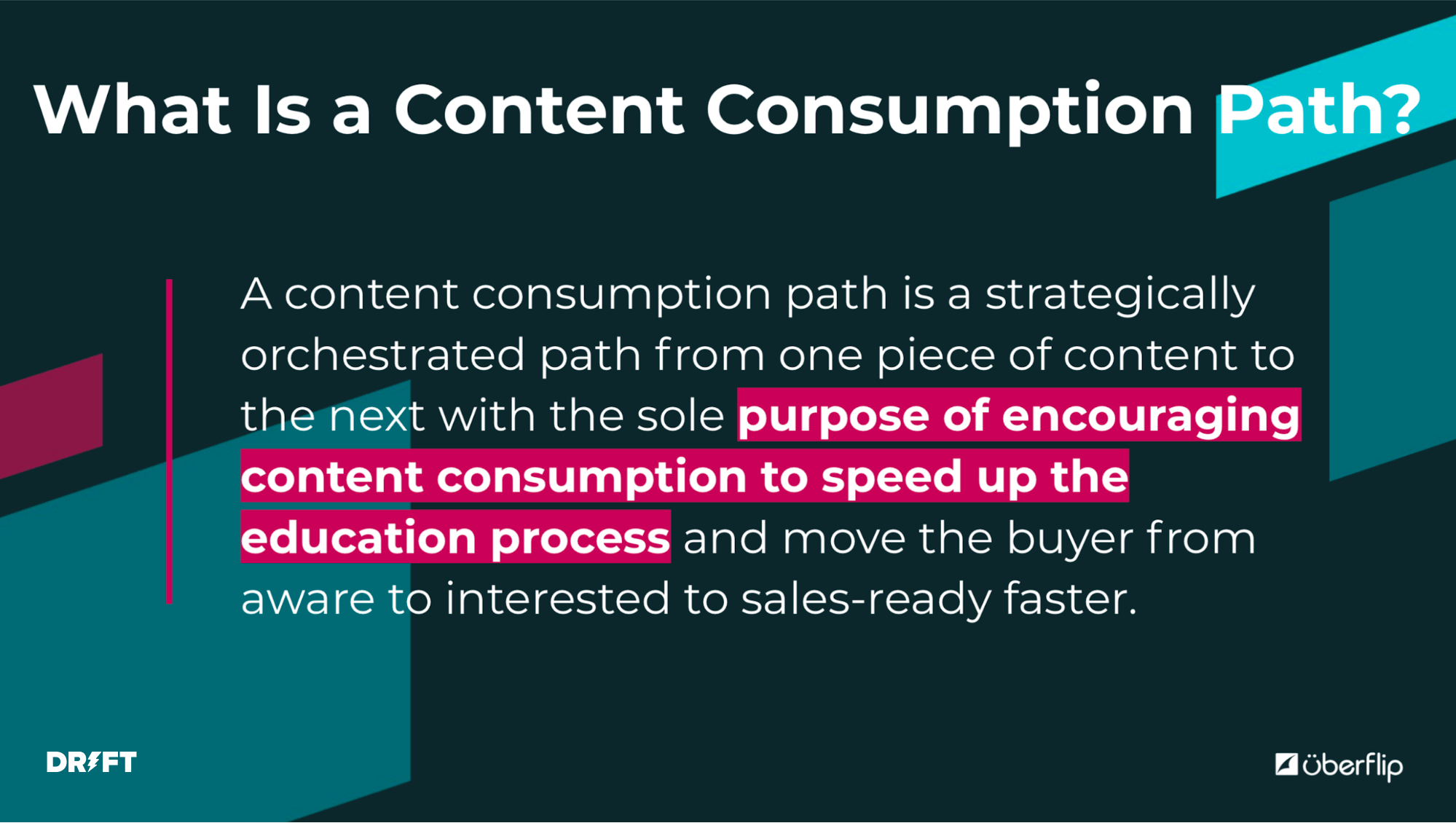
When I think of binge-worthy content I (of course) think of Netflix.
I know, not every business is a Netflix, but you can’t argue with how they’ve structured their content experience – and it’s something anyone can emulate.
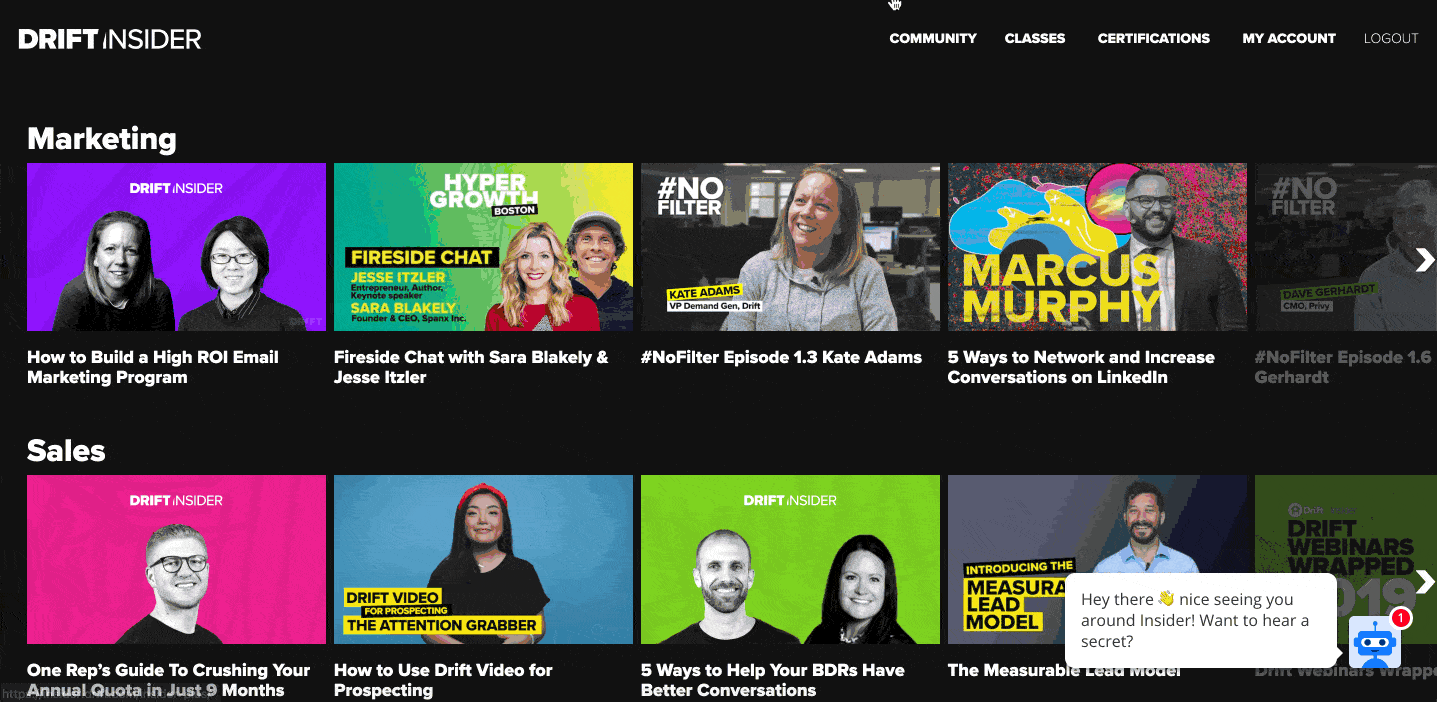
We’re actually doing something similar to Netflix’s human-driven experience with Drift Insider – a new content subscription and community. It includes exclusive interviews with authors; management lessons from the brightest minds in business; how-to sessions at the whiteboard from top leaders in sales, marketing, and product; expert-level Conversational Marketing & Sales education, and more. It’s our way to nurture leads, especially those leads who need a bit more information – but packaged in a really informative, entertaining way. Based on where someone is in the funnel, we share exactly what kind of information they need, when they need it.
This is the future of content marketing ?
Because you can’t make a sale without building trust and a relationship with someone.
And you can’t build a relationship without having a conversation. No amount of marketing is going to change that.
Marketing’s key responsibilities today should be building those relationships for prospects and customers alike. Which brings us right back to where we started:
Here’s to making our content a little more human, a little more empathetic, and a little more conversational.




